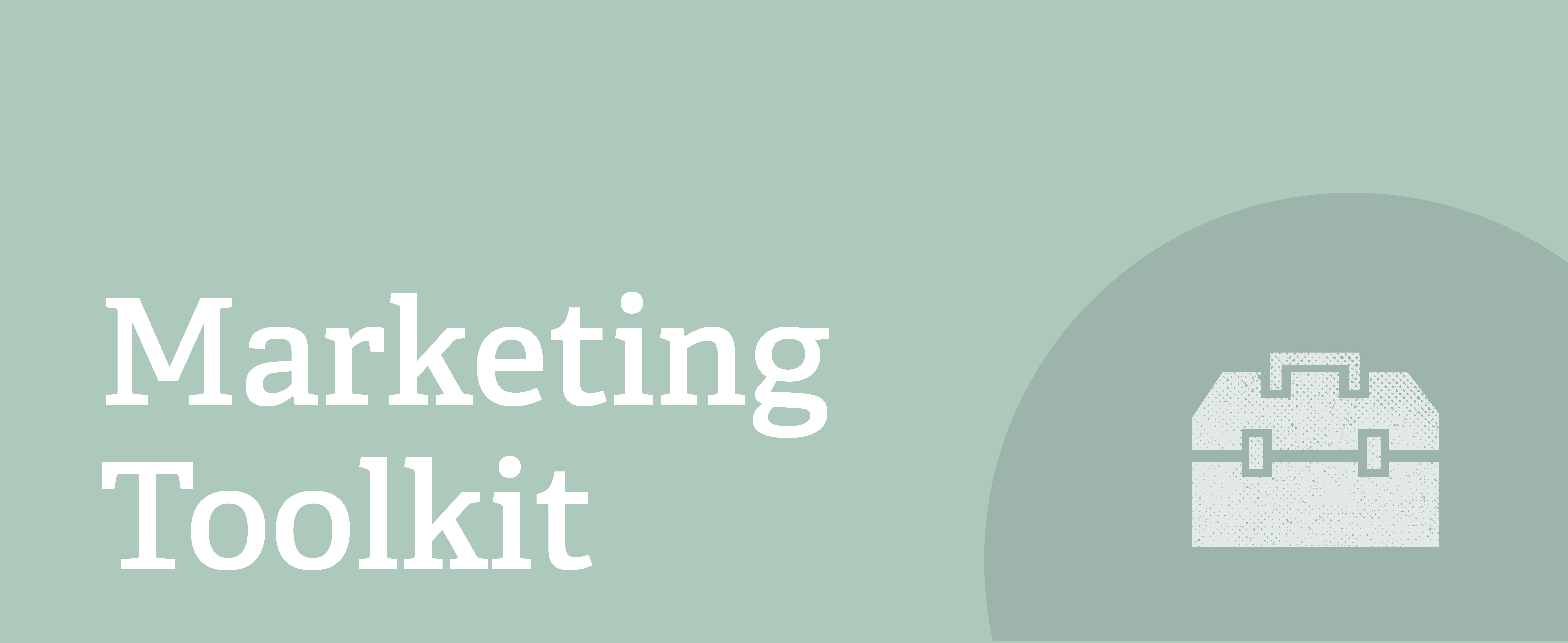An Introduction to Waterfall, Agile, Lean UX, and Design Thinking
What is waterfall methodology?
Waterfall methodology is a standardized top-down workflow that is a completely linear process—A leads to B which leads to C, etc. There are five primary stages of Waterfall: 1) requirements, 2) analysis and design, 3) development, 4) testing, and 5) deployment.
Waterfall relies heavily on an unproven hypothesis and can work effectively if everything goes according to plan. However, if the initial assumptions are found to be incorrect, given the inflexible nature of the waterfall process things can quickly get out of hand, and without coarse-correction, it can lead to dramatic scope creep or project failure. This is due to the nature of waterfall—it emphasizes the time-to-market of the deliverable over testing, collaborative insight, and flexibility.
What is the Agile methodology?
Agile is an iterative approach based on continual refinement, flexibility, and collaboration. Agile is typically broken down by 2 week sprints—the total amount of work that can get done with that time—and made up of epics and user stories, or actionable tasks. Each sprint consists of:
- Requirements list
- Analysis (cost vs benefits) and design
- Development
- Testing
- Deployment and maintenance
Repeat
The goal of Agile is to prototype, test, and deploy working software, and over time, expand the software’s feature set and capabilities as it matures by the nature of this structure. At the end of each sprint, a new sprint is created to tackle the next set of requirements. This iterative approach assesses risks during each phase, which makes it quick, sustainable, and highly adaptable.
What is Lean UX?
Based on the Agile method, Lean UX’s primary focus is efficiency through providing continual improvement based on user feedback. Through iteration, testing, and shared understanding, Lean UX’s goal is to bring the true nature of the product you’re developing to fruition faster. Lean UX focuses less on the end deliverable and more on the feedback from user experiences early in the process in order to test assumptions and make quick, educated decisions. There are five main steps of the Lean UX process:
- Concept – creation of low fidelity minimal viable product (MVP), such as a sketch or wireframe
- Validate (internally) – discussion with stakeholders, SMEs, etc., to determine best approach
- Prototype – mock-up creation
- Test (external) – providing access of prototype to user groups
- Learn – get feedback from user groups based on their behavior
- Iterate – repeat with improvements
What is Design Thinking?
Often considered an extension of Lean UX, Design Thinking is a customer-centered exercise that is designed to identify pain points and provide actionable and measurable understanding of possible solutions. Typically done during the kick-off of a project, Design Thinking has a strong emphasis on empathy for your target audience, and through a collaborative workshop with all project stakeholders and team members, aims to bring all ideas to the forefront in order to map out the best path forward from a customer experience standpoint. There are five main steps of Design Thinking:
- Empathize – using UX research to identify what users care about as well as identify pain points
- Refine – understand user needs to create a problem statement (hypothesis)
- Ideate – the rapid creation of multiple ideas that could help satisfy the customer need and collection of feedback from user groups
- Prototype – the creation of a working mockup used to be tested (proof of concept)
- Test – obtain feedback from user groups on what worked and what didn’t; continue to refine the prototype until it solves the user’s problem
Which workflow is right for you?
That comes down to what you value. Do you value speed at the cost of thoroughness? Do you work as an island, or value the collective power of team collaboration? Can you speak for how you believe your customer should behave or do you want to invest in observing your customer’s wants, needs, and pain points first hand? Do you believe your product is good, or do you want to test it and refine it through a process of continual improvement in order to help it reach its true potential. The choice is yours, but remember you get what you pay for. Use these tactics to find the workflow solution that best suits your desired outcome.
Keep Reading
Learn more about related tools, methods, and best practices in the Marketing Toolkit:
